
Summer in Prague 2016, photo Slawek Kozdras
While the Polish art gallery scene is on the fast track, passing unfriendly villages of slanders related to monkey business and collisions between the private and public sector, the Czechs slowly build on their position in the international art market. The pace is very slow but comparisons with the Polish scene are not favourable to Prague. Having analysed the condition of the markets of the two countries, I have come to two conclusions. Nothing creates the international reputation of creators like the private interests of commercial galleries. However, they do not have the strength to move forward without the support of thriving institutions.
It is a risky conclusion to state that the driving force for the recognisability of Polish art stems from the perceived interests of private galleries. It seems like a cliché statement that to argue that anything that is ’rivate’ is developing fast and the ’public’ is shaken to the foundations. Consider such names as Paweł Althamer, Monika Sosnowska, Wilhelm Sasnal or Oskar Dawicki, whose success stories cannot be told without the Foksal Gallery Foundation and Raster Gallery. We cannot underestimate the work of institutions, including the Museum of Contemporary Art in Warsaw, which has discovered such figures as Alina Szapocznikow, Andrzej Wróblewski or recently Hasior, thus returning the classics of Polish 20th century art to the canon of the present times.
Invisible borders separate the circles of commercial galleries in Prague. On one side there are: Hunt&Kastner, SVIT, Polansky Gallery, Drdova Gallery and Nevan Contempo. On the other side there are a couple of galleries, which can be defined as showrooms run by art dealers, including the leading gallery Dvorak Sec Contemporary. As in the case of artistic circles, who have very little in common with the glitter of art dealers, I also decided to focus on the above mentioned five galleries cooperating with artists and participating in international art fairs.

‘Interpreter I & Anna Hulačova’, exhibition view, hunt kastner, 2015, photo courtesy the artist and hunt kastner
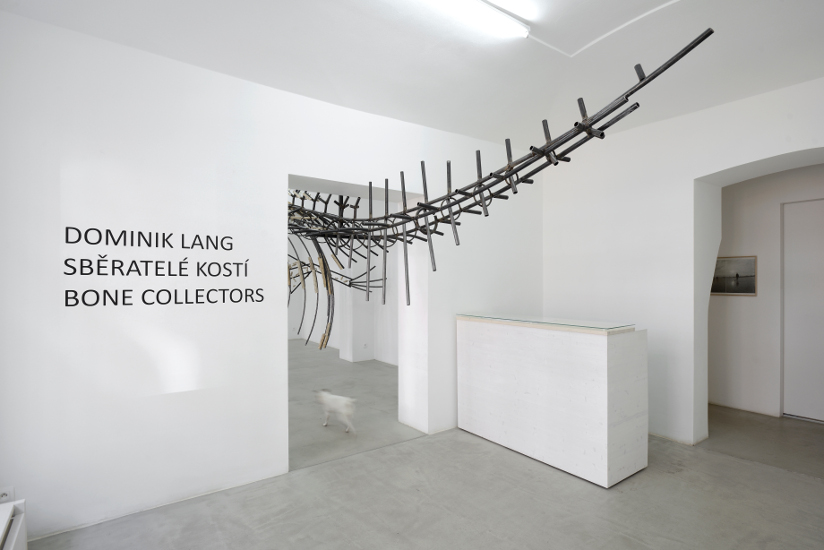
Dominik Lang, ‘Bone Collectors’, exhibition view, photo Ondřej Polák and courtesy of hunt kastner
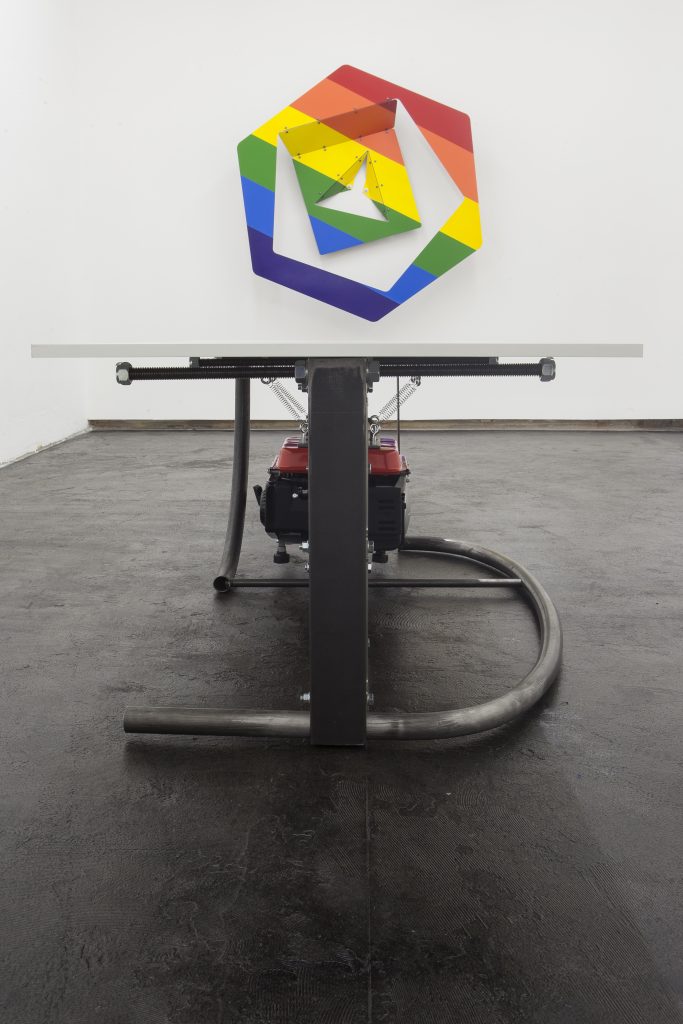
Jan Brož & Richard Nikl ‘Je Suis SyMMetry’, exhibition view, Nevan Contempo, Prague 2016, courtesy the artist, Nevan Contempo
Coming from Poland to Prague, it is possible to encounter a stream of positive comments on the Polish art scene. I have tried to ask gallery owners and curators how many curators from the Czech Republic work in art institutions abroad and how many Czech artists are present at events like Dokumenta or the Biennale in Venice. Finally, what names come to your mind, dear reader, that are not related to the Prague circles when you think of art created upon the Vltava River? The Czechs know more about us than we know of ourselves, and it does not stem from the fact that our neighbours hold esteem for us (the statistical Czechs’ favourite neighbour is an Austrian, while the favourite neighbour of a statistic Pole is of course a Czech). Polish art is simply more recognisable internationally.
This recognisability may mostly be credited to commercial galleries and institutions — two elements which are lacking in Czech art world’s landscape. At the time of an institutional boom in Poland, the Czechs were not able to deal with Milan Kniżak ruling in the National Gallery at the palace. When the Signs of Time programme was initiated in Poland (a detailed article by Monika Weyhert-Waluszko related to the local collections programme appeared in Obieg), the Museum of Contemporary Art was created, and trusted curators took responsibility for municipal institutions dedicated to art — Muzeum Sztuki in Łódź, BWA in Tarnów or the Bunkier Sztuki Gallery in Krakow, a scene of small independent galleries was developing in the Czech Republic, such as Tranzit Display, ETC, INI Project, or 35m gallery. Finally, was the case of Foksal and Raster galleries in the late 90s, to whom we owe the fame of Polish creators and provide them with a place in better international environments. We must also remember about the second and third wave of established commercial galleries (the first half of the first decade of the 21st century) such as lokal_30, Profile or LETO — currently regular participants of prestigious European fairs. The last 5 years, during which the number of Warsaw’s galleries increased fast to over twenty is also a significant fact (subsequent galleries, with various commercial and exhibition outcomes are also created in other cities, which also needs to be stressed). Numbers do not lie, and that is why the mere five galleries with commercial ambitions operating upon the Vltava River look rather small, and the prospects for a change are not clear.
It is worth looking at the 90s and thinking about what was happening at the time in the free art market of Poland, the Czech Republic and Slovakia. Anyone who had a chance to acquaint themselves with the art world, if only casually, had heard of Andrzej Starmach, the last art merchant in Poland, as I have recently heard in Krakow. The Czech scene was in a large extent subjected to the controversial figure of Jiri Svestka, a gallery owner and curator, who decided to conquer the art world in 1995 with his inborn Slavic entrepreneurship. The enthusiasm with which our Southern neighbours opened up to the free market was also beneficial to artists, whose intention was to conquer the world — or at least the art world. Svetka’s gallery represented such names as Jiri David, David Cerny, or Kristof Kintera — currently the most notable figures of Czech art. While in Poland Starmach’s activity was accompanied by the creation of the Foksal Gallery Foundation, and a critical trio that founded the Raster club, in Prague the hopes were dashed, and the art scene moved to independent positions. Svetka’s story ended in insolvency, conflicts with artists, front page articles published in Hospodarskie Noviny, legal charges and finally bankruptcy. Although three of the gallery owners managing private galleries in Prague previously worked for Svetka, the gallery that moved from Prague to Berlin, where it still operates, does not have a good reputation. The end of the 90s marks a catharsis in the Czech art scene, after which all enthusiasm and well-being of Czech artists faded. Capitalist dream of the power of art bought by the middle classes who were becoming wealthier, and the emerging upper class was destroyed by a lack of understanding. Apart from such beneficiaries of free market thinking such as David Cerny — who nevertheless carries out public orders — not many artists have the privilege of selling their art and being presented in foreign collections. The impulse directed against weak institutions, which pushed a new generation of creators to take matters in their own hands, is not a surprise. As a result, the end of the first decade of the 21st century in Prague is marked with the emergence of foundations, independent galleries and artists-run-spaces.
I have lived in Prague for almost two years, and I have not heard about allegations relating to shady connections between public institutions and private interests, between a gallery owner and director of a public institution, as is the case in Poland. Despite the fact that private galleries in Prague almost exclusively represent Czech artists, their number is so small that not many artists have the chance to be in the ’stable’ of one of them. I do not need to add that it does not guarantee a good atmosphere around the galleries’ commercial activity. I will not write about the critique that the gallery owners face, as it is not much different from the one we have in Poland, and in other countries of an emerging art market.

Przemysław Branas, Prague 2016, courtesy photo Dita Havrankova, Jan Kolar, MeetFactory

Przemysław Branas, Prague 2016, courtesy photo Dita Havrankova, Jan Kolar, MeetFactory
Let us go back to the chronological order then. The first decade of the new millennium is marked with the development of an independent scene in the Czech Republic, especially such spaces as MeetFactory, Futura or DOX, which have become respectable institutions. The gap is slowly filling with organisations that cooperate with artists and run independent curator programmes, but are not eager to look towards commercial activity. The protagonists in this field are: a Canadian that moved to Prague, Camille Hunt, and Kacha Kastner — an American of Czech origin. Hunt-Kastner Artworks, established in 2006, is one of the most successful commercial galleries, representing well-known names such as Zbynek Baladran or Eva Kotatkova. The Prague art scene had to wait for the next initiative until 2010, in the meantime expanding through small independent businesses emerging one after another. The next player who decided to initiate commercial activity is Michal Manek — a collector who launched the SVIT gallery programme in 2010. Located in Vinochrady in Prague, the gallery represents such artists as Jiri Kovanda and Monika Zawadzki, just to name a few, building a bridge of Slavic understanding and appearing in the Polish context (participation in the Warsaw Gallery Weekend 2014, or ’Churches. Churches’ exhibition by Jasanski and Polak in BWA Tarnów). Two subsequent galleries were created by the youngest generation of art enthusiasts: Polansky Gallery run by Filip Polansky as well as Drdova Gallery launched by Lucia Drdova. Both places were open in 2012, creating space for the youngest generation of artists. Nevan Contempo gallery is a new player, opened by Mikulas Nevan at the end of 2014 in a grand style (with an individual exhibition of the above mentioned Kristof Kintera).
Coming here, I expected that the burgher collecting traditions would be more visible than in Poland. After all, the Czech Republic should resemble Austria more than Poland in terms of collecting art, as the country seems to be at a higher level of civilization — it was not inflicted by war to such an extent and is full of excellent design that stands the test of time. It is not easy to determine what is the cause of the fact that the fashion of collecting has not spread here as much to allow for the building of an extensive art market. As one of the gallery owner mentions, it was a surprise to that the number of art works sold to local collectors accounted for a third of the galleries annual turnover in 2014. Public institutions bashfully manage their collections, which mainly stems from the fact that there are no resources to buy art works. What is more, serious Czech collectors are not willing to present their collections, which was remarked by Lucie Drdova during the discussion on the annual ArtIndex ranking (the example of Slovaks was given to present a contrast). Burgher modesty, protestant modes of behaviour persisting in today’s society, or perhaps the period of totalitarian system putting everyone into one bag resulted in the low percentage of buyers.
Perhaps this outline is too optimistic from the Polish perspective. It is surely nice to observe the domestic art scene from the perspective of Prague — and in addition not being engaged in all those frictions in art circles and enjoying the status of not being from around here. To be in Prague means to draw comparisons — even if they are of low standards. To create comparisons, which somehow always boil down to those silly jokes on similarities and differences in language — to look for a sucker in the West. Unfortunately, mutual knowledge is based on the simplest stereotypes, and the pan-Slavic bridges of understanding we dream about are still waiting for their builders.
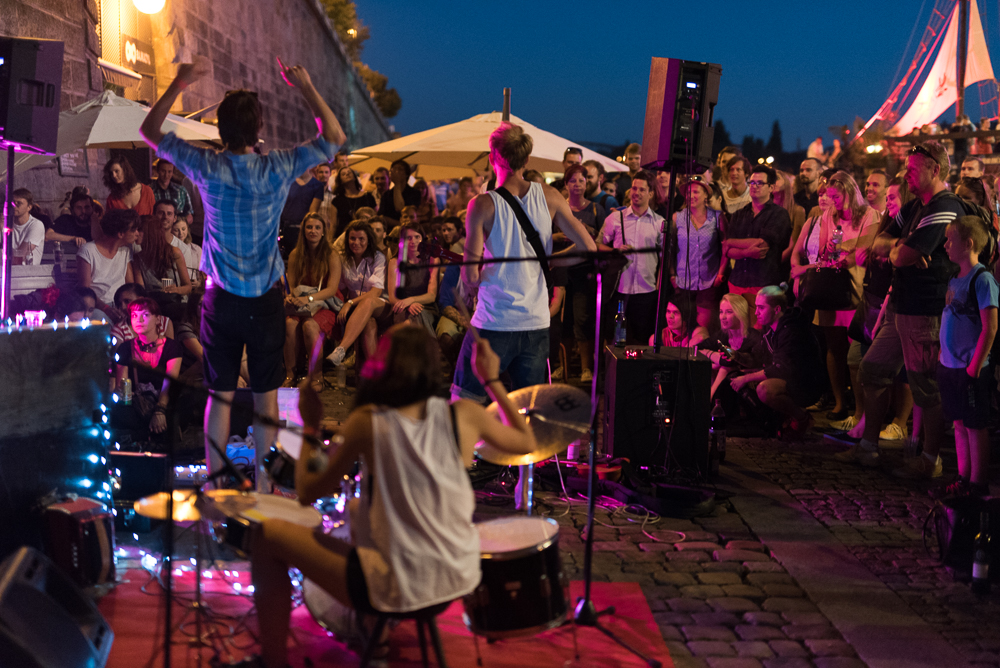
Prague 2016, photo Slawek Kozdras

‘Dreams that money can buy’, Prague 2016, courtesy of Drdova Gallery

‘Dreams that money can buy’, Prague 2016, courtesy of Drdova Gallery
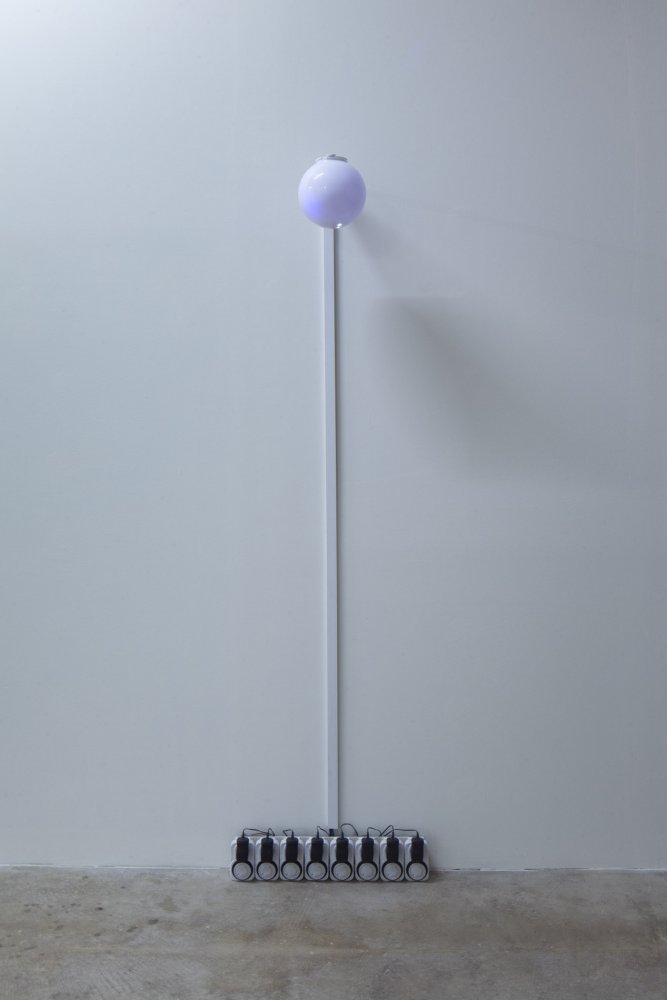
Wojciech Bąkowski, Holiday Power Supply, exhibition view, SVIT Prague 2016, photo courtesy the artist and SVIT

Wojciech Bąkowski, Holiday Power Supply, exhibition view, SVIT Prague 2016, photo courtesy the artist and SVIT

Paky Vlassopoulou, ‘BE QUIET’ Nevan Contempo gallery, Prague 2016, photo courtesy the artist and Nevan Contempo
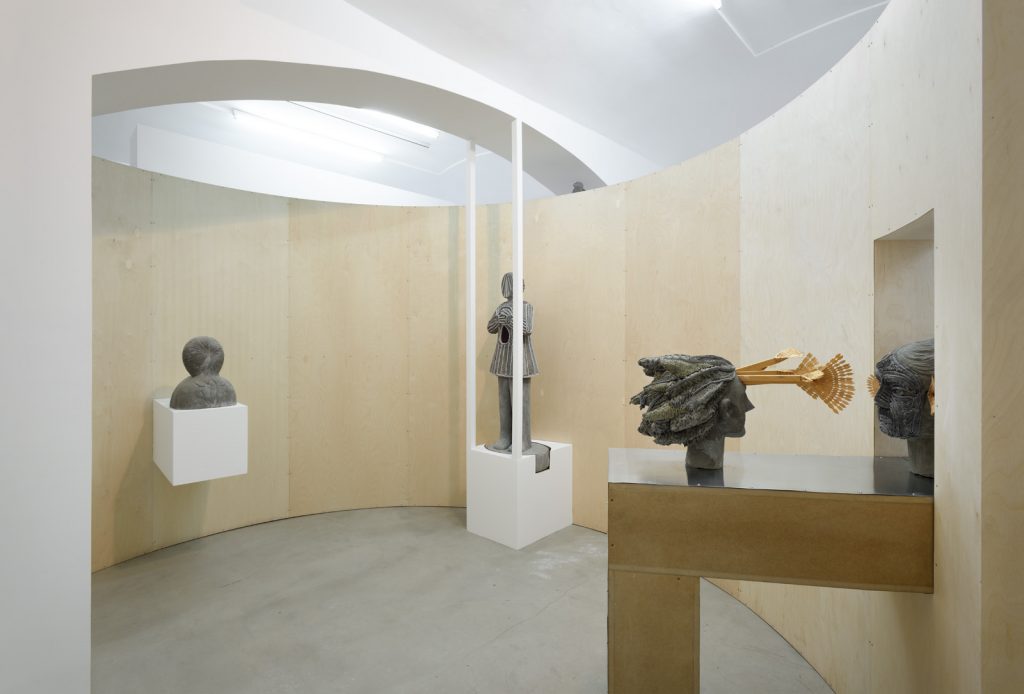
‘Interpreter I & Anna Hulačova’, exhibition view, hunt kastner, 2015, photo courtesy the artist and hunt kastner

‘Still Life. Photo Club Riga’, exhibition view, SVIT Gallery,Prague 2016, courtesy the artist and SVIT Gallery
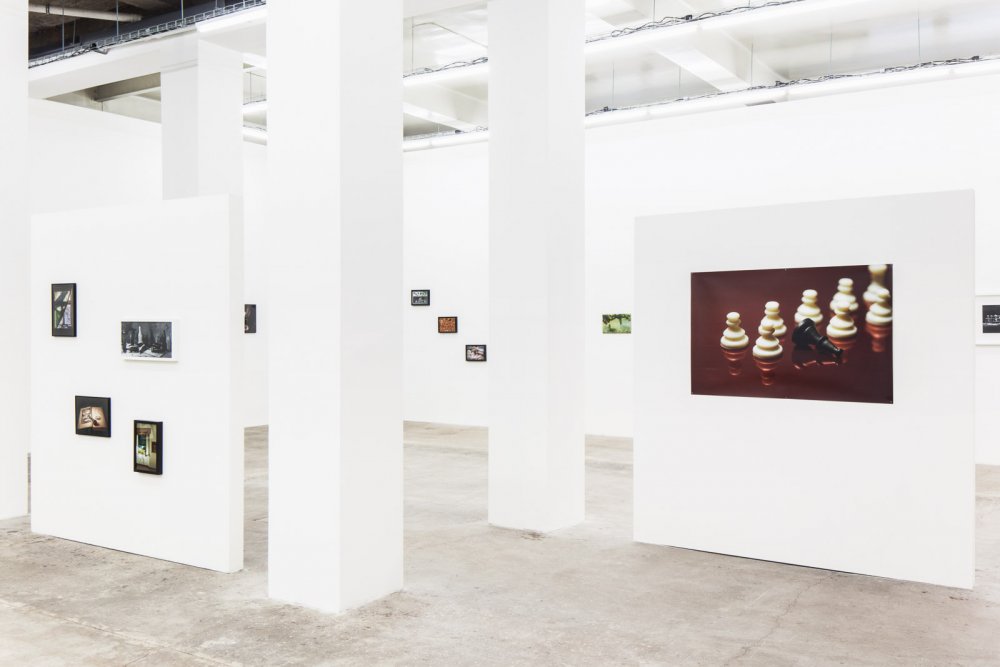
‘Still Life. Photo Club Riga’, exhibition view, SVIT Gallery,Prague 2016, courtesy the artist and SVIT Gallery

Prague 2016, photo Slawek Kozdras

Prague 2016, photo Slawek Kozdras

Prague 2016, photo Slawek Kozdras
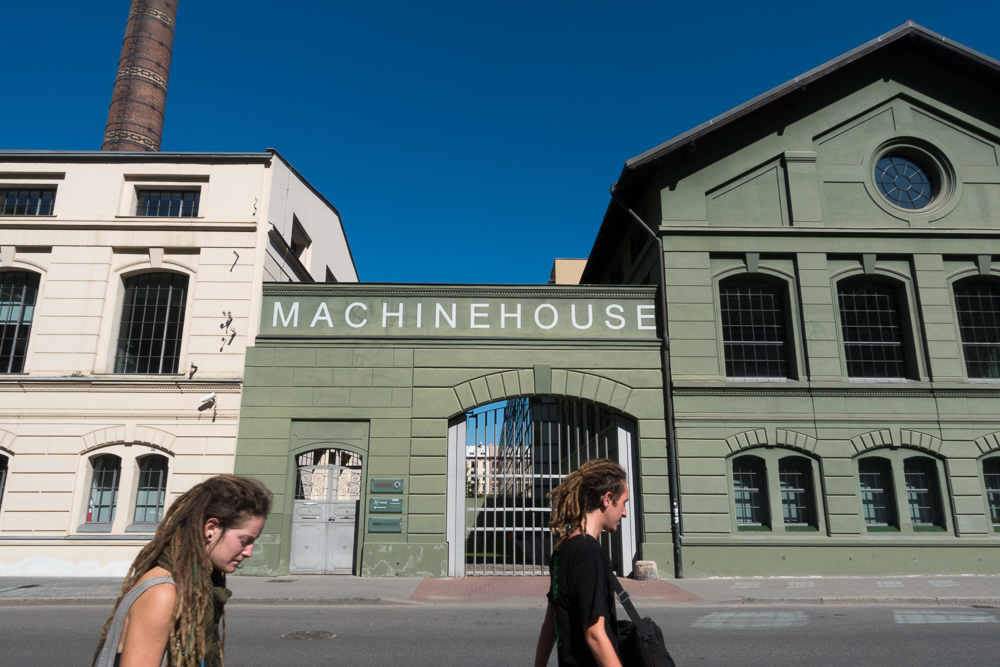
Prague 2016, photo Slawek Kozdras

Prague 2016, photo Slawek Kozdras










